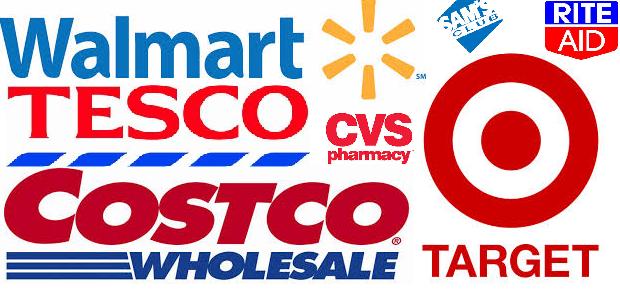Most survival experts will tell you that accessing and maintaining safe shelter is of the utmost importance in a catastrophic event . Shelter is arguably higher on the survival priority list than water, food, communication, and just about everything else.
A working group from the Zombie Research Society has developed a set of criteria for sizing up the pros and cons of any undead shelter. Named the DSM Scale, this easy system looks closely at three primary areas:
- Defensibility – What are the location’s natural defensive advantages? What weapons can be found or created therein? What steps can be taken to eliminate vulnerabilities?
- Sustainability – How much food and water is safely available? What essential supplies are stocked and ready? What threat does the surrounding environment pose both now and in time?
- Mobility – Are there a number of adequate escape routes for safe retreat? What transportation options does the location provide? Are the essential weapons and supplies able to be made portable?
While a discount retailer like Costco may score high in defensibility, with available weapons and almost no vulnerabilities, its sustainability rating takes a hit because of the extreme threat presented by the surrounding area. In a zombie outbreak big box stores will draw a desperate and violent crowd, quickly becoming deadly places.
By contrast, a suburban home may have large windows and be difficult to defend, but if upgrades can be easily made, a supply of canned food and a backyard pool could allow for a period of relative safety. Of course, when it inevitable comes time to move, the water in the pool can’t be carried along without portable containers and advanced planning.
What is your chosen zombie shelter, and how does it rate on the DSM Scale?
